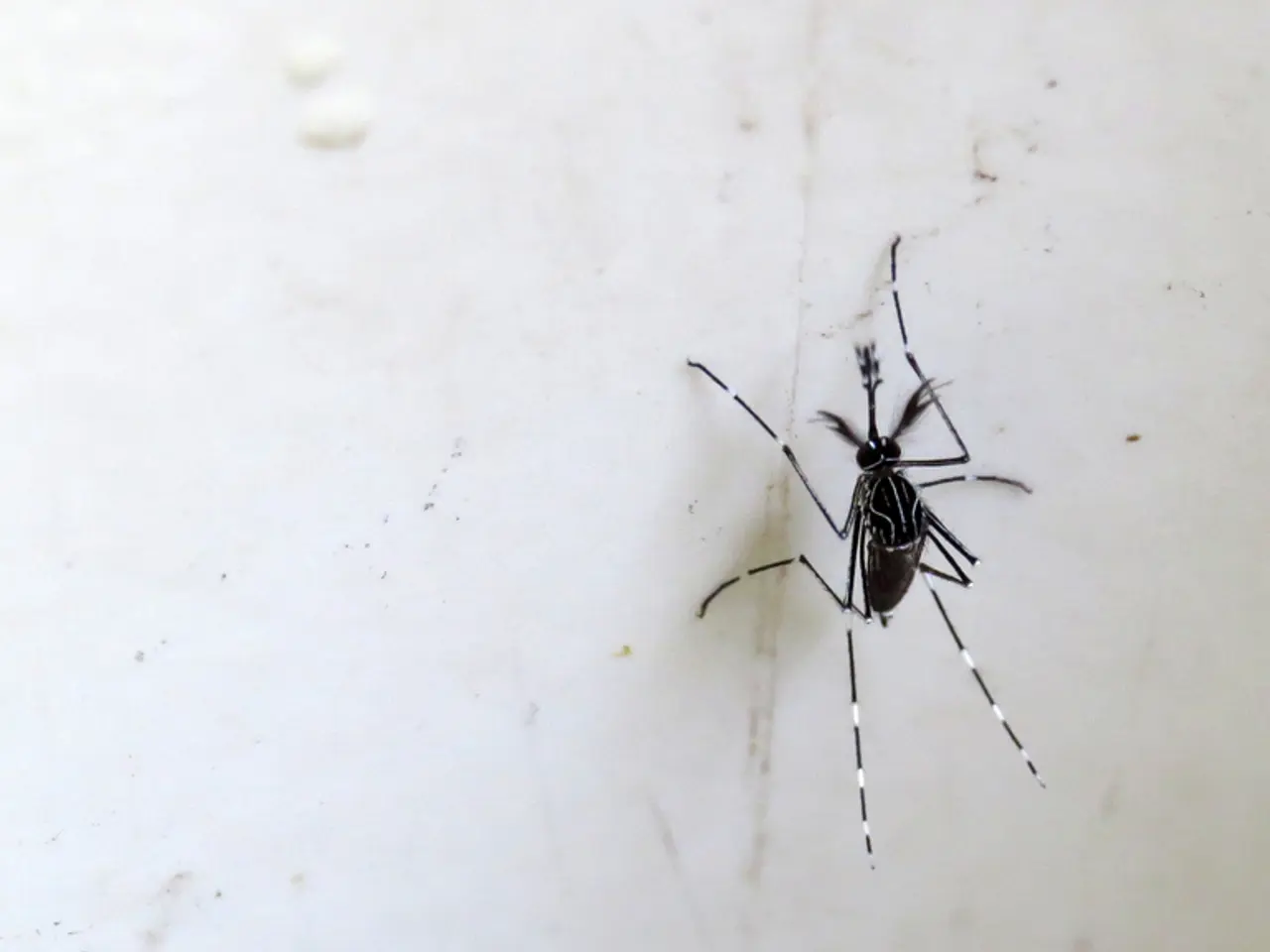Hyperkeratosis Explained: Causes, Signs, and Remedies
Hyperkeratosis, a common skin condition, causes the skin to become thicker than usual in certain areas. This article aims to provide an overview of the different types of hyperkeratosis, their causes, and potential treatments.
Hyperkeratosis is divided into two main categories: pressure-related and non-pressure related. Pressure-related hyperkeratosis occurs due to excessive pressure, inflammation, or irritation to the skin, such as calluses or corns that develop from friction or tight footwear. On the other hand, non-pressure related hyperkeratosis is not caused by mechanical pressure or friction.
Non-pressure related hyperkeratosis can stem from various underlying factors, including genetic, idiopathic, infectious, immune-mediated, or environmental causes. The main types of non-pressure related hyperkeratosis include inherited hyperkeratosis, idiopathic hyperkeratosis, actinic keratosis, hyperkeratosis related to infections or immune-mediated diseases, and age-related hyperkeratosis.
Inherited hyperkeratosis is a genetic disorder, often seen in certain breeds of dogs, such as Labradors, who may develop thickening on their nose or paws without mechanical trauma. Idiopathic hyperkeratosis occurs without any identifiable cause and is often seen in otherwise healthy individuals or animals.
Actinic keratosis is a precancerous skin condition caused by prolonged UV exposure, leading to rough, scaly patches on the skin. This is due to atypical proliferation of keratinocytes from UV damage rather than pressure or friction.
Hyperkeratosis related to infections or immune-mediated diseases can also lead to hyperkeratosis as part of their clinical manifestations. Age-related hyperkeratosis is a natural skin change in older individuals or animals.
If a person has a potential area of hyperkeratosis on their skin, it is essential to seek medical attention, as some forms of hyperkeratosis can resemble cancerous lesions. A doctor may take a medical history, order imaging tests, or perform a biopsy to diagnose the underlying cause of hyperkeratosis.
In terms of treatment, many forms of hyperkeratosis are treatable with preventive measures and medication. For example, medical professionals can "freeze" or use lasers to remove warts, and prescribe medications such as corticosteroid creams for conditions like eczema or lichen planus. At-home treatments for hyperkeratosis exist, including wearing comfortable shoes, using padding for corns and calluses, avoiding irritants and environmental factors, wearing sunscreen, and using protective clothing.
If hyperkeratosis causes pain or discomfort, or if an area of the skin appears infected, a person should seek medical attention immediately. It is crucial to remember that while some forms of hyperkeratosis are removable or manageable, others may require more extensive treatment or ongoing management.
In conclusion, understanding the different types of hyperkeratosis and their causes can help individuals take preventive measures and seek appropriate treatment when necessary. If you suspect you have hyperkeratosis or notice any unusual changes in your skin, do not hesitate to consult a medical professional.
- Hyperkeratosis, a skin condition that causes thickening in certain areas, is divided into two main categories: pressure-related and non-pressure related.
- Pressure-related hyperkeratosis arises from excessive pressure, inflammation, or irritation, often seen in calluses or corns due to friction or tight footwear.
- Non-pressure related hyperkeratosis is not caused by mechanical pressure or friction and can stem from genetic, idiopathic, infectious, immune-mediated, or environmental factors.
- Inherited hyperkeratosis is a genetic disorder, often seen in certain dog breeds, causing thickening on their nose or paws without mechanical trauma.
- Idiopathic hyperkeratosis occurs without any identifiable cause and is often seen in otherwise healthy individuals or animals.
- Actinic keratosis, a precancerous skin condition, is caused by prolonged UV exposure, leading to rough, scaly patches on the skin.
- Hyperkeratosis related to infections or immune-mediated diseases can also lead to hyperkeratosis as part of their clinical manifestations.
- Age-related hyperkeratosis is a natural skin change in older individuals or animals.
- If a potential area of hyperkeratosis on the skin resembles a cancerous lesion, it is essential to seek medical attention for proper diagnosis.
- Treatment for hyperkeratosis may include preventive measures, medication, and at-home remedies like wearing comfortable shoes, using padding for corns and calluses, avoiding irritants, wearing sunscreen, and using protective clothing.
- If hyperkeratosis causes pain, discomfort, or signs of infection, immediate medical attention is necessary.
- Understanding different types of hyperkeratosis and their causes can help individuals take preventive measures and seek appropriate treatment.
- If you suspect you have hyperkeratosis or notice any unusual changes in your skin, consult a medical professional without delay.
- Skin care and health-and-wellness are important aspects, ensuring regular check-ups for various medical-conditions such as diabetes, depression, obesity, HIV, psoriasis, eczema, bipolar, colitis, Crohn's disease, ulcerative colitis, asthma, hepatitis, alzheimers, and arthritis.
- Science continues to provide advancements in the medical field to better diagnose, treat, and manage skin-conditions like hyperkeratosis, aiming for improved health and quality of life.




